Women Instrumentalists in History

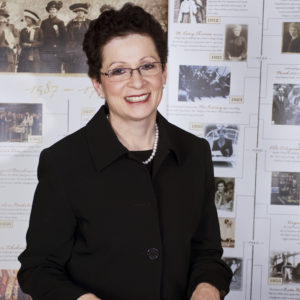
Jill S. Tietjen, PE, is an author, national speaker, and…
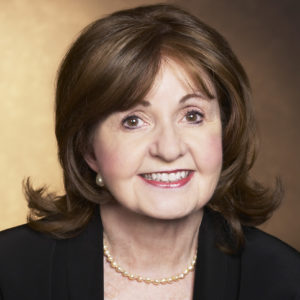
Charlotte S. Waisman, Ph.D. is a national champion and advocate…
Music and the arts have suffered tremendously during the current pandemic. Yet they are so important to our life and culture. In this month’s column, we feature women instrumentalists who paved the way for all of us.
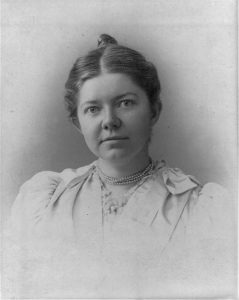
Pianist and child prodigy Amy Marcy Cheney Beach could sing forty songs accurately by the time she was a one-year-old; she taught herself to read when she was three and was writing her own compositions by age four. She began performing publicly at age seven. Her first song was published when she was 13. Her public debut as a pianist was with the Boston Symphony Orchestra in 1883, when she was sixteen years old. In 1885, when she was 18, she married and, at the request of her husband, shifted her focus from playing the piano to composing, although she did say later “I thought myself a pianist first and foremost.”
Beach’s compositions were published and performed by soloists of the time. In 1896, the Boston Symphony Orchestra performed her Gaelic Symphony in E Minor, Op. 32; this is the first symphony composed by an American woman. One of the male composers who attended the premiere said to her, “I always feel a thrill of pride myself whenever I hear a fine work by any of us, and as such you will have to be counted in, whether you [like it] or not – one of the boys.” After her husband’s death in 1910, Beach returned to performing and she continued to compose. Beach wrote more than 150 numbered works including chamber music, orchestral pieces, church music and songs.
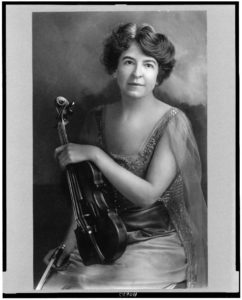
Recognized as a musical prodigy around age seven, Maud Powell began taking violin and piano lessons in the Chicago area. When she was 13, Powell traveled with her mother and her brother to Europe where she studied in Germany. She debuted with the Berlin Philharmonic in 1885 and later with the New York Philharmonic. She advocated for music composed by diverse individuals – Americans, women, and Blacks. Powell also commissioned pieces of music that she could perform. She premiered 15 violin concertos including those by Tchaikovsky, Dvorak, and Sibelius that today are considered standard in the violin repertoire.
Power is credited with revolutionizing the art of violin playing. In 1904, she was the first solo instrumentalist to record for the Victor Company. She made international best-selling recordings for the next 15 years, bringing classical music to the masses. She was America’s greatest violinist of the time and ranked with the supreme international violinists of the day. Her many achievements include being the first woman to form and head her own string quartet. She performed at every U.S. and many Canadian military camps during World War I. In 2014, Powell was posthumously awarded a Grammy Lifetime Achievement Award.
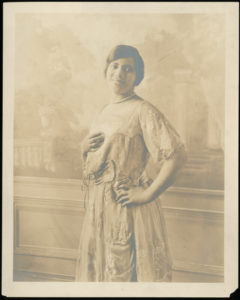
Hazel Harrison was also a child prodigy, and she was the daughter of a musician. She started playing the piano at age four and by age eight was being paid for playing at local parties and dances. In 1904, she played with the Berlin Philharmonic Orchestra; Harrison was the first American whose education had only taken place in the U.S., who was selected to play with a European orchestra. After her return to America, public funds were raised to enable her to return to Germany to study the piano.
Harrison returned to the U.S. with the outbreak of World War I, where she taught and gave recitals across the country. However, she was not welcomed into any major orchestra as she was African American. Harrison incorporated pieces from Black composers as well as European composers into her recitals. In 1931, she joined the faculty in the School of Music at Tuskegee Institute and, in 1937, became the head of the piano faculty at Howard University.

Born into a musical family and the daughter of a cousin of Susan B. Anthony, flutist Doriot Anthony Dwyer wanted to start playing the flute at age six; her mother insisted she wait until she was eight! By 15, she was in the Illinois State Orchestra and she was offered a scholarship to and attended the Eastman School of Music. Her first experiences of gender discrimination in orchestras occurred while she was at Eastman. After playing with a number of orchestras across the U.S., Dwyer auditioned to become the principal flutist for the Boston Symphony Orchestra. The process was accompanied by much drama but, in 1952, she was selected and became one of the first women appointed to a principal chair. Dwyer played with the orchestra for 38 years during which time she also served on the faculty of the Boston Conservatory and as adjunct faculty at Boston University. Upon her retirement, composer Ellen Zwilich wrote Concerto for Flute and Orchestra to honor her. Dwyer received three honorary doctorates including one from Harvard University.
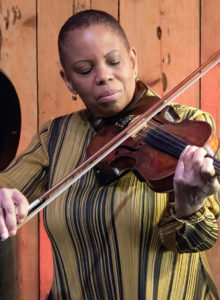
Versatile violinist Regina Carter began playing the violin at age four using the Suzuki method. This well known, internationally acclaimed method and curriculum of teaching music is helpful, especially to young students. Carter had previously taken piano lessons starting when she was two. Defying being pigeonholed, she plays jazz, R&B, classical, country, African and almost every other genre of music. She taught music after training at the New England Conservatory of Music and Oakland University (Michigan). Carter played in an all-female jazz quintet (Straight Ahead) and the String Trio of New York prior to releasing her debut solo album in 1995. In 2001, she was the first nonclassical violinist and the first African American to play Niccolò Paganini’s violin which was made in 1743 by Giuseppe Guarneri.
Carter, who was featured in J. Jill’s Inspired Women campaign, received a MacArthur “genius” grant as well as the Doris Duke Artist Award. The MacArthur program said this about her, “Regina Carter is a master of improvisational jazz violin. Though her work draws upon a wide range of musical influences – including Motown, Afro-Cuban, Swing, Bebop, Folk, and World – she has crafted a signature voice and style. . . . Carter’s performances highlight the often overlooked potential of the jazz violin for its lyric, melodic, and percussive potential.” Carter was nominated for a Grammy in 2018 for Best Improvised Solo. She is on the faculty of the Manhattan School of Music.
These women musicians, as well as many other women, almost all of whom we have not heard about nor learned about in school, are profiled in our book, Her Story: A Timeline of the Women Who Changed America. Help us by continuing to tell the stories of the women who came before us, on whose shoulders we all stand. Tell young women especially so they understand that they can dream BIG, and then make their dreams a reality.
Author: Jill Tietjen
Jill S. Tietjen, PE, is an author, national speaker, and an electrical engineer. After 40 years in the electric utility industry, her professional focus is now on women’s advocacy, worldwide. She blogs for The Huffington Post, speaks nationally on the accomplishments of women, nominates women for awards, and continues to write books (8 published to date), following in the footsteps of her bestselling and award-winning book, Her Story: A Timeline of the Women Who Changed America (written with Charlotte Waisman). She is a frequent keynote speaker as her positive energy and her ability to relate to the audience result in inspired and energized listeners. The recipient of many awards, her induction into the Colorado Women’s Hall of Fame in 2010 remains one of her most treasured.

Jill S. Tietjen, PE, is an author, national speaker, and an electrical engineer. After 40 years in the electric utility industry, her professional focus is now on women’s advocacy, worldwide. She blogs for The Huffington Post, speaks nationally on the accomplishments of women, nominates women for awards, and continues to write books (8 published to date), following in the footsteps of her bestselling and award-winning book, Her Story: A Timeline of the Women Who Changed America (written with Charlotte Waisman). She is a frequent keynote speaker as her positive energy and her ability to relate to the audience result in inspired and energized listeners. The recipient of many awards, her induction into the Colorado Women’s Hall of Fame in 2010 remains one of her most treasured.

Charlotte S. Waisman, Ph.D. is a national champion and advocate for women as a professor and keynote speaker. A corporate leader, executive coach, and facilitator, she conducts leadership workshops nationally.



